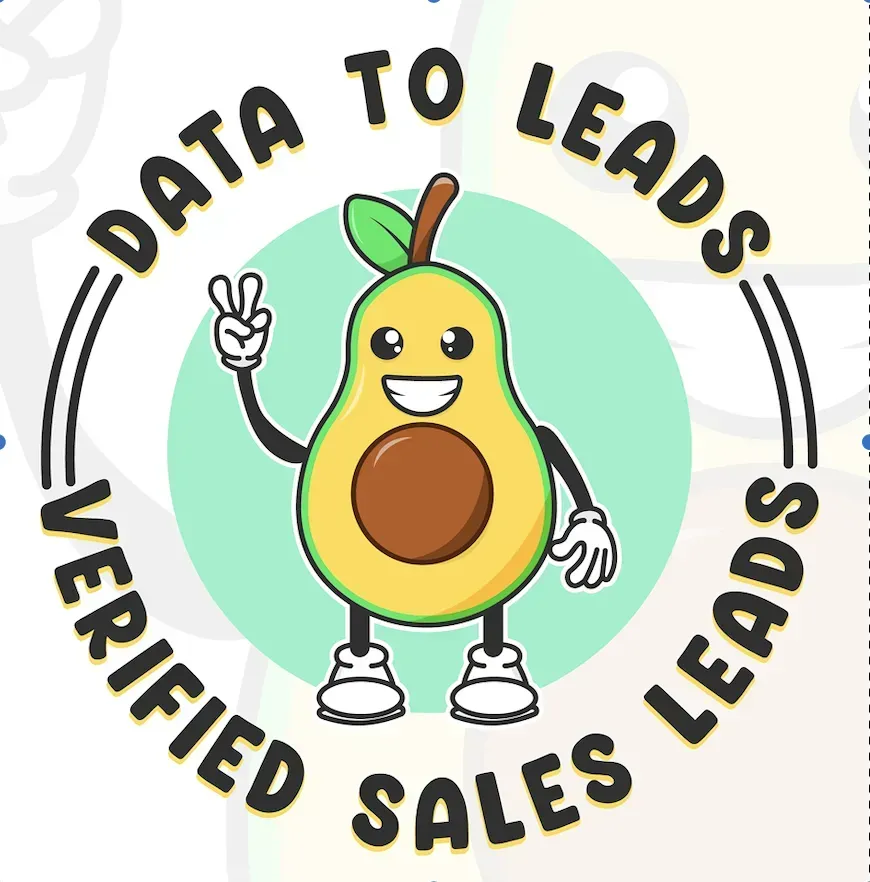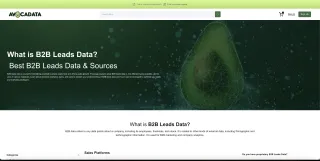Comprehensive Guide to ETL: Extract, Transform, Load
What is ETL?
ETL, an acronym for Extract, Transform, Load, describes a systematic approach to data integration and management. It streamlines the process of consolidating data from disparate sources into a centralized repository—typically a data warehouse or database. ETL workflows are essential for facilitating business intelligence, analytics, and informed decision-making by converting raw, unstructured data into actionable insights.
Core Phases of the ETL Process
- Extraction
The extraction phase focuses on retrieving data from multiple sources like relational databases, cloud platforms, web APIs, or flat files. This phase lays the groundwork for subsequent processing by ensuring data accuracy and comprehensive coverage. - Transformation
This step prepares and reshapes the extracted data to align with specific business requirements. Key activities include data cleansing, standardization, and aggregation. - Loading
The final phase involves transferring the transformed data into a target system like a data warehouse or analytics platform, using either batch loading or incremental loading.
Key Benefits of ETL in Outbound Sales
- Enhanced Data Insights: Unified, processed data provides a comprehensive view of customer behaviors and sales trends.
- Effective Lead Targeting: Clean, enriched data improves the accuracy of targeting efforts.
- Superior Customer Segmentation: ETL enables advanced analytics to identify high-value segments.
- Streamlined Operations: Automation of ETL workflows reduces manual tasks.
Popular ETL Tools to Explore
- IBM InfoSphere DataStage
- AWS Glue
- Microsoft SQL Server Integration Services (SSIS)
- Talend Data Integration
- Apache NiFi
Emerging ETL Trends in Data Management
- Cloud-Native ETL: Scalable and cost-efficient solutions for hybrid and multi-cloud environments.
- Real-Time Data Processing: Incorporating streaming data for near-instant analytics.
- AI and Machine Learning Integration: Predict anomalies, automate tasks, and enhance data enrichment.
- Self-Service ETL Tools: Empower non-technical users with simplified interfaces.
Conclusion
ETL processes are the backbone of data-driven decision-making. By adopting modern tools and staying attuned to emerging trends, organizations can ensure their ETL strategies remain scalable, efficient, and aligned with business objectives.
Would you like to explore specific use cases, detailed comparisons of ETL tools, or tailored advice for implementing ETL in your operations?





